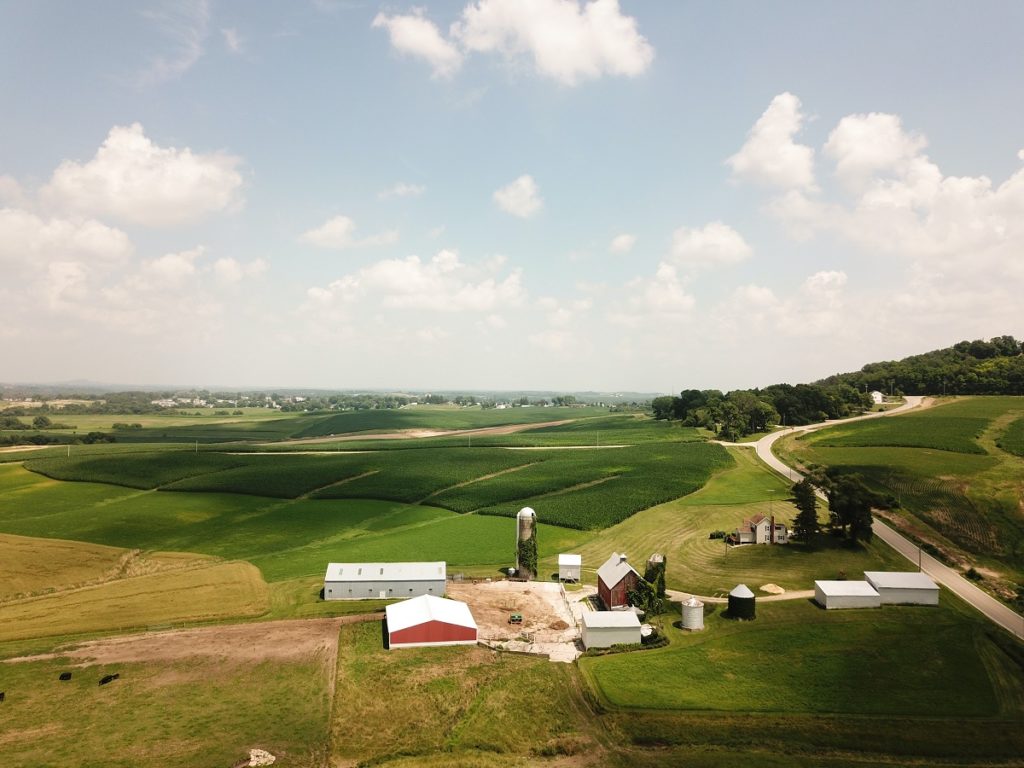During the early months of the coronavirus pandemic, hundreds, including celebrities, packed their bags and quarantined in rural areas, especially in states such as Utah, Colorado, and Montana.
As they moved, they brought along with them the disease. It then explains why as of June 2020, about 9 in every 10 of these places already have alarming cases of the virus.
But that’s not the point of this article. Instead, it highlights what could be a growing real estate trend: rural relocation.
Why Are They Moving?
Around the last week of April 2020, Harris Poll surveyed over 2,000 US adults online on whether they’d willing to move less-populated places after the pandemic.
An overwhelming 40% of those in urban cities considered living in rural areas. Meanwhile, nearly 45% of these urbanites started to look for a home actively. Some of them already browsed through listings on Zillow and Realtor.com. This percentage was significantly higher than those in suburban or rural residents.
Rural areas in the United States have significant challenges and limitations. Many don’t have reliable healthcare and other essential social services. What then entices these individuals to dream of living here?
The following might help explain this trend:
1. Space
The coronavirus pandemic forces families to spend more time indoors. Although the average floor size in the United States has been increasing, in cities, people live in cramped spaces. In New York, for instance, the average size is less than 600 square feet.
Rural properties usually have more massive outdoor and indoor spaces. These allow homeowners to expand and be flexible with their design. They also provide enough breathing room for everyone, especially a growing family.
2. Stress Reduction

While everyone is vulnerable to stress, experts believe those living in cities might have higher levels. These individuals are exposed to more noise, people, and pollution. The hurried lifestyle can also increase the risk of stress and anxiety.
Most people associate rural places with a laid-back lifestyle. It could be because fewer things bombard the mind and steal the attention of the residents.
Making Properties More Affordable
Moving to a rural location is easier said than done. One enormous obstacle is money. Contrary to popular belief, not all properties in these places are affordable from the get-go.
According to Zillow, the average home price in the United States is around $248,000. However, in Utah, a property could cost over $350,000. In Orem, houses are cheaper, but they’re still worth over $300,000.
Fortunately, potential homeowners can take advantage of USDA loans.
What is a USDA loan? It is a special mortgage for Americans who like to buy a property designated as rural. Although lenders offer it, the Department of Agriculture guarantees it.
For this reason, lenders can extend the mortgage even without a down payment and with low interest rates. For instance, in 2017, the average interest rate was 4%, but for this mortgage, it was only 3.25%.
Because it attracts many applicants (and that can increase after the pandemic), the USDA loan sets stringent requirements. It imposes an income limit, in which the applicant should not earn over 15% of the local median pay.
The person also needs to show they’re capable of repaying on time. In other words, they have a stable income and a FICO score of around 640.
Perhaps the pandemic is encouraging people to go back to basics and focus on health and well-being for a change. Either way, moving to a rural area isn’t a walk in the park, but it’s doable, particularly with the right loan.




